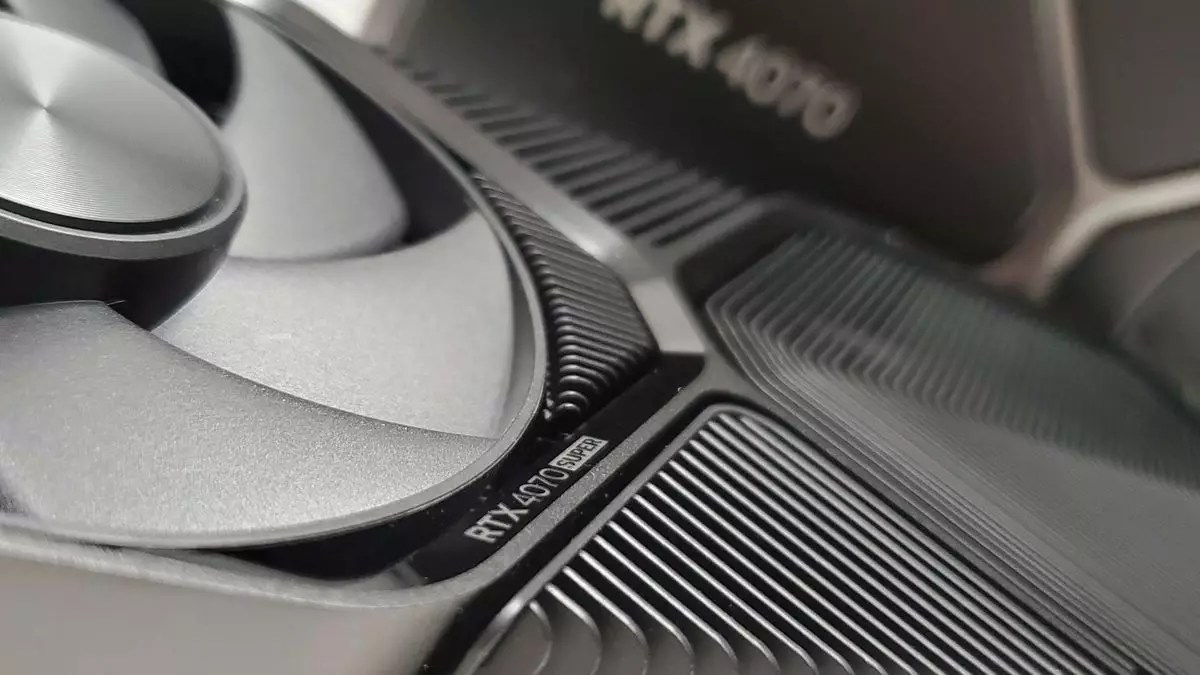The recent collaboration between Nvidia and Microsoft to power personalised AI applications on Windows through Copilot marks a significant advancement in the world of AI technology. This collaboration extends beyond just Nvidia, as other GPU vendors like AMD and Intel are set to benefit from this partnership as well. The integration of GPU acceleration into the Windows Copilot Runtime opens up new possibilities for developers looking to harness the power of AI in their applications.
The integration of GPU acceleration into the Windows Copilot Runtime is a game-changer for developers. This means that GPUs will now be able to apply their AI capabilities to a wide range of applications on the Windows operating system more seamlessly. The collaboration aims to provide developers with easy API access to GPU-accelerated small language models (SLMs) that enable retrieval-augmented generation (RAG) capabilities powered by the Windows Copilot Runtime. This opens up a world of possibilities for developers looking to create content summaries, automation, and generative AI applications.
Nvidia’s collaboration with Microsoft could have far-reaching implications for the GPU market. While Intel, AMD, and Qualcomm have been dominating the client AI inference market in laptops, GPUs have always been a powerful tool for AI applications. With easier API access to GPU acceleration, developers can now leverage the capabilities of GPUs to create more powerful and efficient applications. This opens up new opportunities for Nvidia, as well as other GPU vendors, to make a significant impact in the AI market.
One of the key benefits of the collaboration is that GPU acceleration through Copilot Runtime will not be exclusive to Nvidia GPUs. Other AI accelerators from different hardware vendors will also benefit from this integration, providing end users with fast and responsive AI experiences across the Windows ecosystem. This inclusivity ensures that a wider range of developers can take advantage of GPU acceleration in their applications.
Despite the promising prospects of the collaboration, there are still challenges ahead. Microsoft’s requirement of 45 TOPs of NPU processing for entry into its AI-ready computer club, Copilot+, currently does not extend to GPUs. However, with rumours circulating about Nvidia potentially developing its own ARM-based SoC, there is speculation that Windows on ARM may soon be utilizing Nvidia’s integrated GPUs for their Copilot AI business. The similarities between GPUs and NPUs in terms of parallel processing capabilities make this transition a plausible one.
The collaboration between Nvidia and Microsoft to power personalised AI applications on Windows through Copilot represents a significant step forward in the world of AI technology. The integration of GPU acceleration into the Windows Copilot Runtime opens up new possibilities for developers to create more powerful, efficient, and personalised AI applications. This collaboration has the potential to revolutionize the GPU market and provide developers with greater access to AI capabilities. As the partnership continues to evolve, it will be interesting to see how it shapes the future of AI applications on Windows.


Leave a Reply